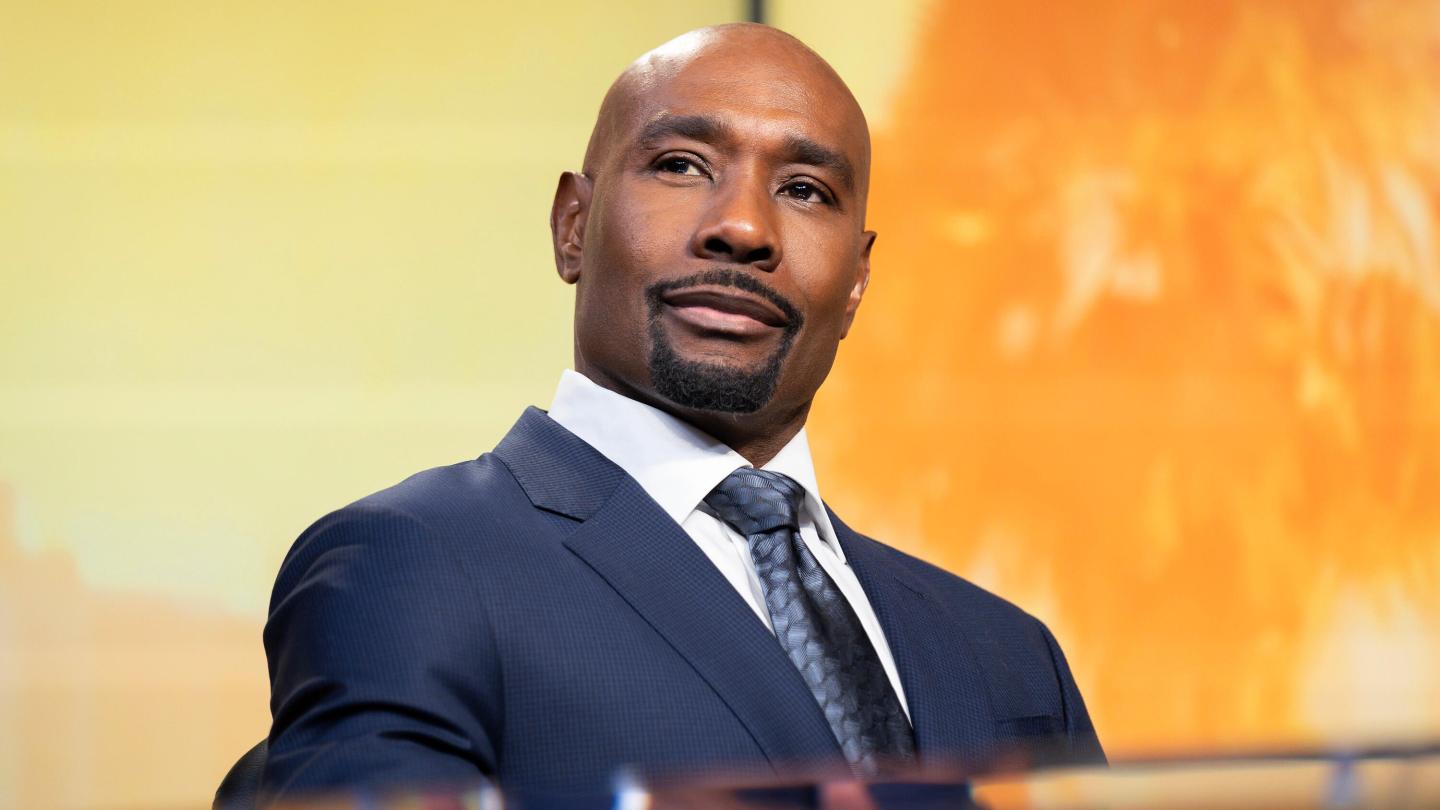TV news insiders can tell you the moment that the world changed for high-priced anchor talent: Nov. 29, 2017, the day Matt Lauer was fired from NBC’s “Today” amid shocking allegations of sexual misconduct. As a quick fix, NBC News turned to Hoda Kotb to replace Lauer as co-anchor alongside Savannah Guthrie for the show’s primary 7-9 a.m. broadcast. And then the network braced for impact.
But the crash never came. “Today” ratings actually improved post-Lauer, who had been making around $20 million annually. That’s a testament to the show and the strength of Kotb and Guthrie as a team. And it was most definitely a wake-up call for the industry.
“You had this kind of myth built up that if this person leaves, the show is doomed,” one news veteran notes says. “It’s driven by the idea you’re afraid that if he leaves, everything comes crumbling down. Then he’s fired and forced to leave, and it doesn’t hurt. I think that is a seminal moment for the bean counter-slash-executive thinking around these morning show people.”
Late last month, Kotb came to her own scandal-free crossroads. The much-loved anchor, who established herself as host of the show’s 10 a.m. hour before she was tapped to replace Lauer, saw her salary grow in the ensuing years. But as a new round of contract negotiations approached, Kotb was facing a significant pay cut in a salary now estimated in the $10 million-$15 million-a-year range.
For sure, it was Kotb’s call to leave “Today,” but the promise of having to absorb a substantial pay cut may well have accelerated her timeline. “I realized that it was time for me to turn the page at 60, and to try something new,” Kotb told viewers on Sept. 26 in disclosing that she would leave “Today” early next year.
Kotb’s pending exit from NBC News is a high-profile example of TV’s new austerity push when it comes to talent and production costs — especially on long-running franchises like “Today.” NBC got rid of the band on “Late Night With Seth Meyers” and reduced the frequency of “The Tonight Show Starring Jimmy Fallon” from five nights a week to four.
CBS has also wielded the budget ax in news and late night. Norah O’Donnell is leaving her post as anchor of “CBS Evening News” next month after the presidential election — another budget-driven decision. (O’Donnell — who moves to a schedule of “60 Minutes” and specials — will be replaced by the rotating partnership of John Dickerson and Maurice DuBois.) “The Late Late Show” was canceled after James Corden’s departure. It was replaced with the much cheaper “After Midnight” comedy quiz show format.
Even the sports broadcasting world saw ESPN lay off hosts including Robert Griffin III and Sam Ponder. “Everyone’s looking at, how do you make this a business?” says one insider. “How do we make it in a way that enables us to keep it for the future? No one’s trying to make it profitable anymore. It’s just like, how do we make it sustainable?”
Moreover, leaders of TV news organizations have no choice but to confront the long-term prospect of diminishing audiences for linear broadcasts. The audience for live news grows grayer and grayer as younger consumers get more news from social media and alternatives to traditional broadcast news.
“They obviously want to cut costs,” says one agent of the networks. “Those $20 million-plus salaries, they just don’t justify themselves anymore.”
Why is this happening now? Blame the content recession, triggered by the perfect storm of cord cutting, changing business models, global and national political unease, a whiplash economy and then the recent Hollywood strikes. It’s a media implosion that has led leaders to rethink the cost structure of every aspect of the business. And for sure, talent salaries are a big, fat target.
Perhaps hit hardest will be the broadcast faces that aren’t household names, even if they have steady on-camera gigs. Think of the midday anchors on cable news networks who make as much as $750,000 annually — they won’t likely be able to reach that kind of salary again, media pundits note.
But as networks start to move away from the star system, some more prominent names may be lost in the shuffle as well. One recent example is Jeff Glor, who had even anchored the “CBS Evening News” for two years (2017-2019) but by 2024 was seen as expendable and shown the door.
In this environment, talent reps are keeping a close eye on ABC’s “Good Morning America,” which has a high overhead from the salaries of its three core anchors: Robin Roberts, George Stephanopolous and Michael Strahan. Stephanopolous’ contract is believed to be up first, and that is expected to be a tense renegotiation. Over at CNN, there’s similar bean counting going on as new chairman/CEO Mark Thompson looks to adjust compensation — with some marquee stars facing a pay cut, and even superstars having to settle for at most a steady salary sans raise.
The hardcore decisions being made in the future will be less from an emotional standpoint — “These are marquee names that I don’t want my competitor to have” — and more about “Does this person move the needle?” Those stars that “move the needle” might face a compensation haircut, but they will still be paid handsomely by the standard of everyday Americans.
Falling into that category are anchors like MSNBC’s Rachel Maddow, who only hosts one show a week — but her power is easily measured in how that hour does versus the rest of the week. Maddow currently makes around $30 million a year. It’s nearly impossible to imagine her commanding that in the future. At CNN, Anderson Cooper may not be a ratings powerhouse, but he’s a pillar of that network, having just won five more News Emmy Awards for the cabler.
With so few stars at CBS, Gayle King is a titan — but even she is believed to have taken a pay cut in her recent contract renegotiation, down from her previous $13 million a year contract. That’s a far cry from
what she could have leveraged a decade ago.
“There are certain people that are just so identified with their networks or with their entities that they’re always going to be paid well, no matter what,” one agent says. “But look, we do have cord cutting, and we do have audiences going to different places to watch their programming. A number of these entities are seeing their revenues decline. That’s just a fact of life.”





